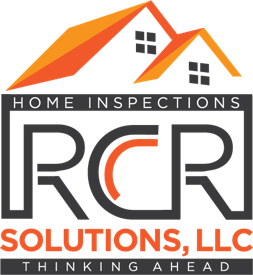Our Services
Service Overview
Home inspections are designed to disclose deficiencies in the property that could materially affect its safety, livability or function, it will also provide home maintenance recommendations. The inspection is not meant to disclose cosmetic defects.
When To Schedule The Home Inspection
Who Should Attend A Home Inspection
What To Expect
RCR Home Inspections provides a full home inspection that educates and informs our clients making families live safe, healthy and comfortable in their homes.
RCR Home Inspections
AREAS WE SERVE
● Bucks County
● Montgomery County
● Chester County
● Delaware County
● Philadelphia County
Our inspectors are at the forefront of all the latest techniques and we take your investments seriously. We are always Thinking Ahead for your home inspection needs

HOME MAINTENANCE INSPECTIONS

A Home Maintenance Inspection from RCR HOME INSPECTIONS will review all areas of your home, which are
related to proper maintenance and repair. The inspection will review the following areas:
- Roof inspection for damage, hail, age concerns, gutter condition
- Attic inspection for moisture concerns, insulation issues, pest concerns
- Exterior Siding Inspection for concerns with paint, caulking, and overall condition of the siding material.
- Foundation Inspection for visible concerns, settlement issues, grading or drainage issues
- Crawl Space/Basement Inspection for moisture issues, pest concerns
- Heating and Cooling System Inspection for age, performance or maintenance concerns
- Gas Leak Check on exterior and interior exposed gas lines and fittings
- Carbon Monoxide Test on heating system and gas burning appliances
- Plumbing System Inspection for any visible leaks and evaluation of water heater age and condition
- Electrical Safety Inspection including test of GFCI outlets for safety, inspection of electric panel interior, and any visible electrical concerns
- Smoke Alarm and CO Detector Inspection and testing
- Garage Door Inspection and Test for safety concerns
A complete, detailed report will be generated for you that will outline:
We check all the major house systems
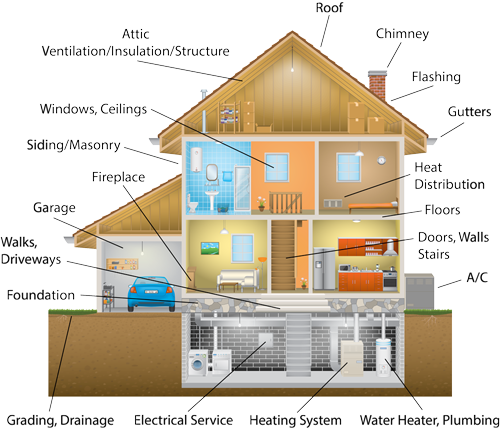
- Immediate Repairs highlight items needing immediate repair
- Maintenance Reminders outline items that are in need of maintenance or will need maintenance in the next year
- Monitoring Needed indicate reminders for items that should be monitored and checked periodically
- Safety Itemshighlight any unsafe conditions or items affecting occupant safety
Termite Inspection
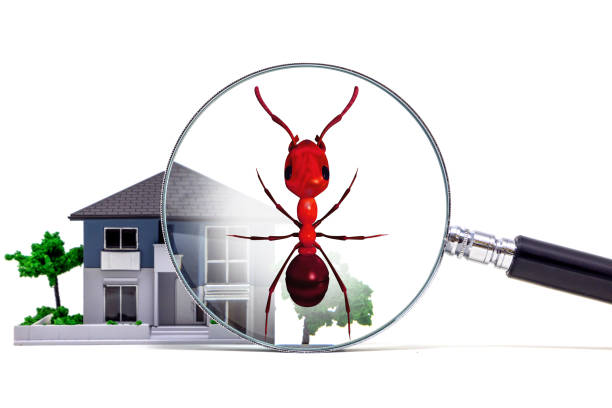
While people worry about a fire or storm damaging their home, statistics show that damage caused by termites is far more likely.
Commonly called a “Termite Inspection,” its purpose is to inspect for any signs of visibly accessible evidence of termites, carpenter ants, wood infesting beetles, or carpenter bees that may be present in and around the structure.
Air Quality Inspection
Indoor air quality problems are something that you want to take care of as quickly as possible. Homeowners spend a large percentage of their time in their houses. If there are harmful chemicals or indoor pollution swirling around inside, you and your family will be consistently breathing it in.
Indoor pollution can cause health problems such as allergies, chemical sensitivities, respiratory illnesses and even cancer. Getting your air checked is a smart preventative measure and can help you determine the causes of any indoor pollution, and how to fix it.
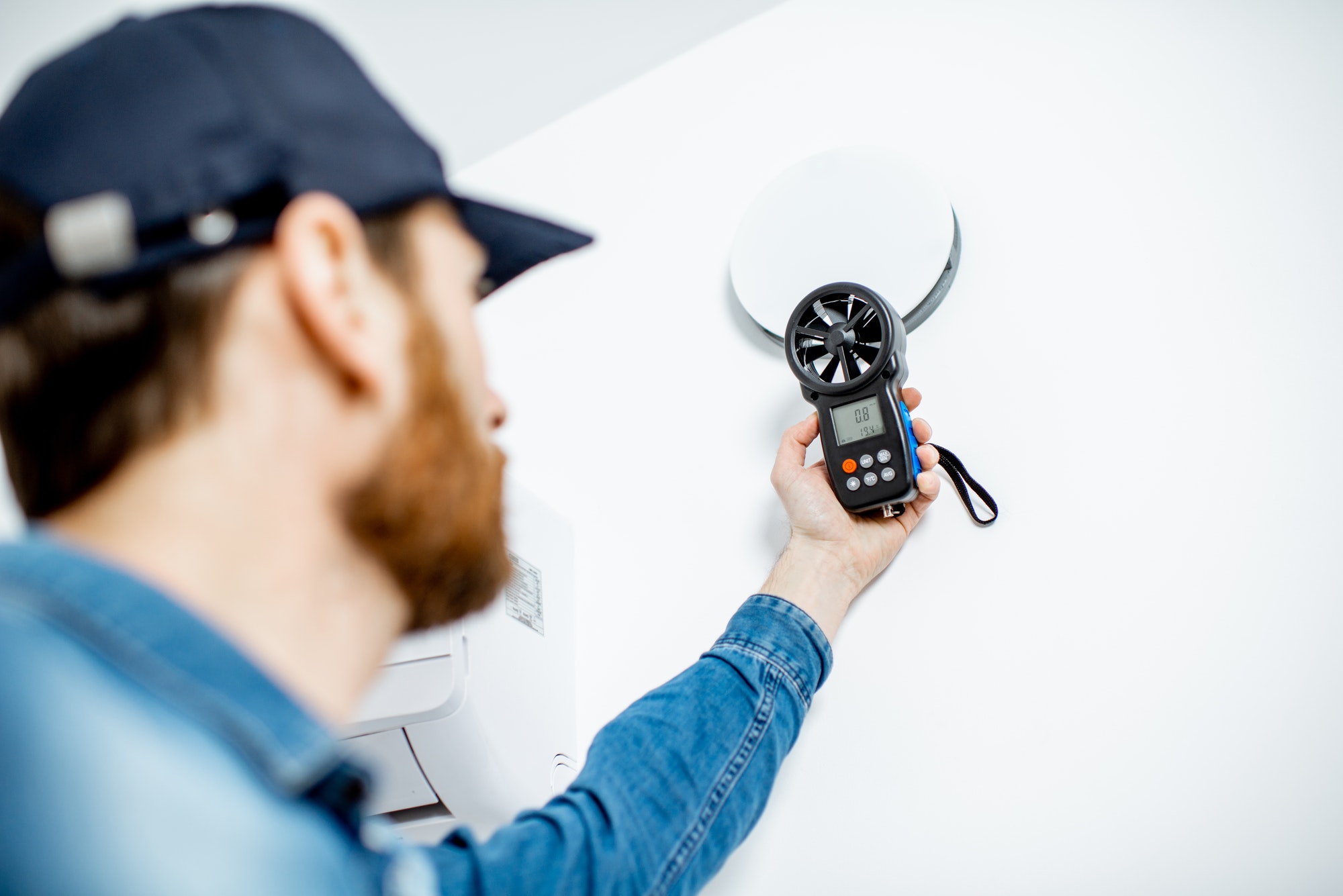
Water Quality Inspection
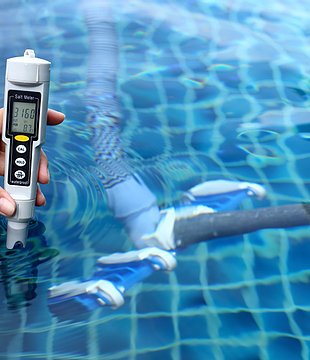
The presence of coliform bacteria, specifically E. coli (a type of coliform bacteria), in drinking water suggests the water may contain pathogens that can cause diarrhea, vomiting, cramps, nausea, headaches, fever, fatigue, and even death sometimes.
There are many consumer-grade filtration systems available to the public, but awareness is the first step. It is very important to add a water quality testing service. There is no better time to test the water than before you move in. Water quality testing will give you the information needed to make an informed purchasing decision, give you actionable information to mitigate the water, or just give peace of mind that your drinking water is safe.
Mold Inspection
Hiding Behind the Walls
Mold is naturally occurring. If the environment outside your home contains mold, which it most likely does, mold will make its way into your home through the outdoor air that enters through open doors and windows, as well as through normal air infiltration. Mold needs moisture, organic material, and the right temperature range to reproduce and grow. Additionally, relative humidity of approximately 50% or higher, stagnant air or airtight structures, damp areas or products (towels, rags, clothes), incomplete/ improperly cleaned areas where mold has infested and low nitrogen concentrations in the air or soil can influence the growth of mold.
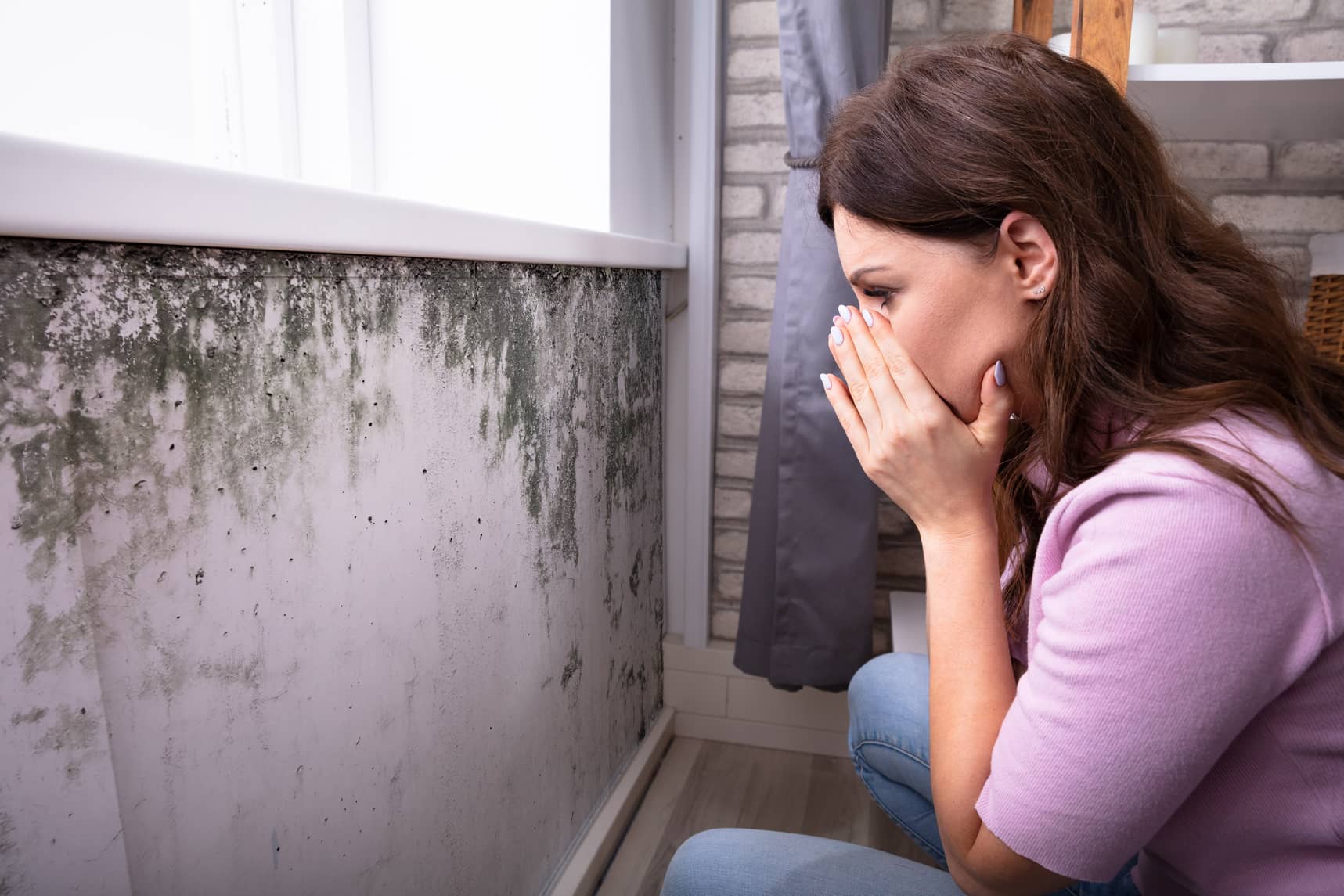

Service
A mold sample consists of taking air samples from inside and outside the home. The outside air sample serves a control sample. As mold is present in the environment, comparing indoor air samples with an outside, control sample helps to determine if mold is growing inside the home or is simply making its way into a home from the outside air.
Once the samples are taken, they are sent to an accredited laboratory, which will identify the types and levels of mold collected.
Signs and Symptoms of Health Risk
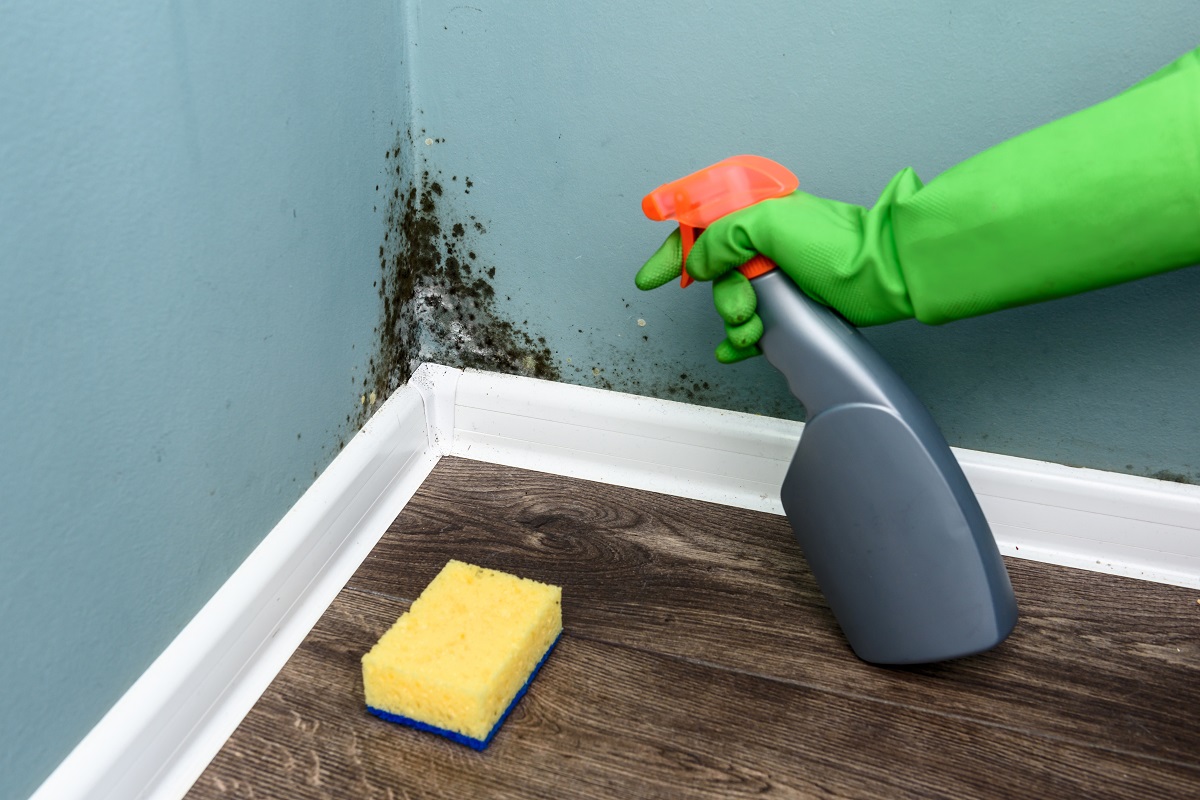
When To Schedule A Mold Sample & Analysis
What To Expect
Within 48-72 hours of the mold sampling, you will be provided with a comprehensive report describing the mold types, levels, and recommendations.
Solutions
We are not a mold remediation company, which means that we don’t have a financial interest in finding mold in your home. Our only interest is helping you to accurately identify if mold is present, what levels are present and what types of mold are found.
In most cases, mold can be cleaned/ removed by the homeowner. According to the EPA, homeowners can clean up mold themselves if the area containing mold is less than 10 square feet. Here’s more information about cleaning up mold safely:
https://www.epa.gov/mold/mold-cleanup-your-home#TipsandTechnique
Radon Inspection
What is radon?
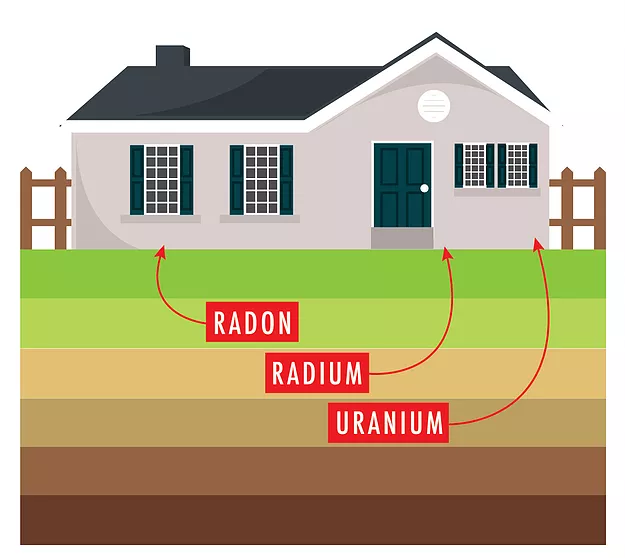
Should you test for radon?
Testing is the only way to know your home’s radon levels. There are no immediate symptoms that will alert you to the presence of radon. It typically takes years of exposure before any problems surface. The US EPA, Surgeon General, American Lung Association, American Medical Association, and National Safety Council recommend testing your home for radon because testing is the only way to know your home’s radon levels.
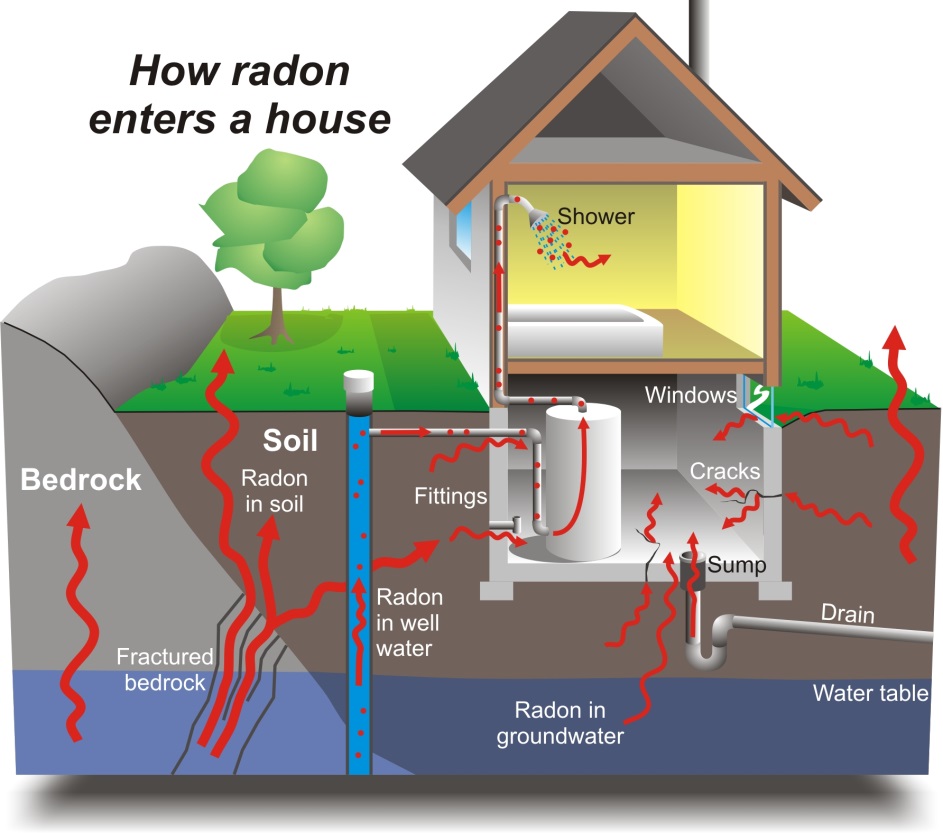
Sewer Scope Camera Inspections
Don’t underestimate the importance of having a sewer scope done as part of your home inspection. In most municipalities, homeowners are responsible for any problems in the sewer line that are on their property out to the street. Repairs can be messy and costly. Call Today!

Common Sewer Scope Defects
Porch Home Assistance Services
Moving, improving, and everything in between
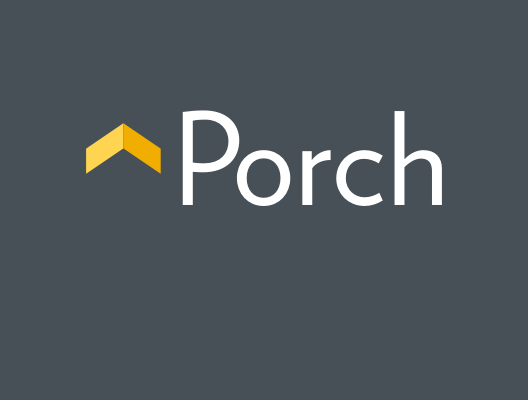
CHECK LISK
HOME INSURANCE
MOVERS
INTERNET/TV
SECURITY
HANDYMAN SERVICES
MANY MORE SERVICES AVAILABLE.

